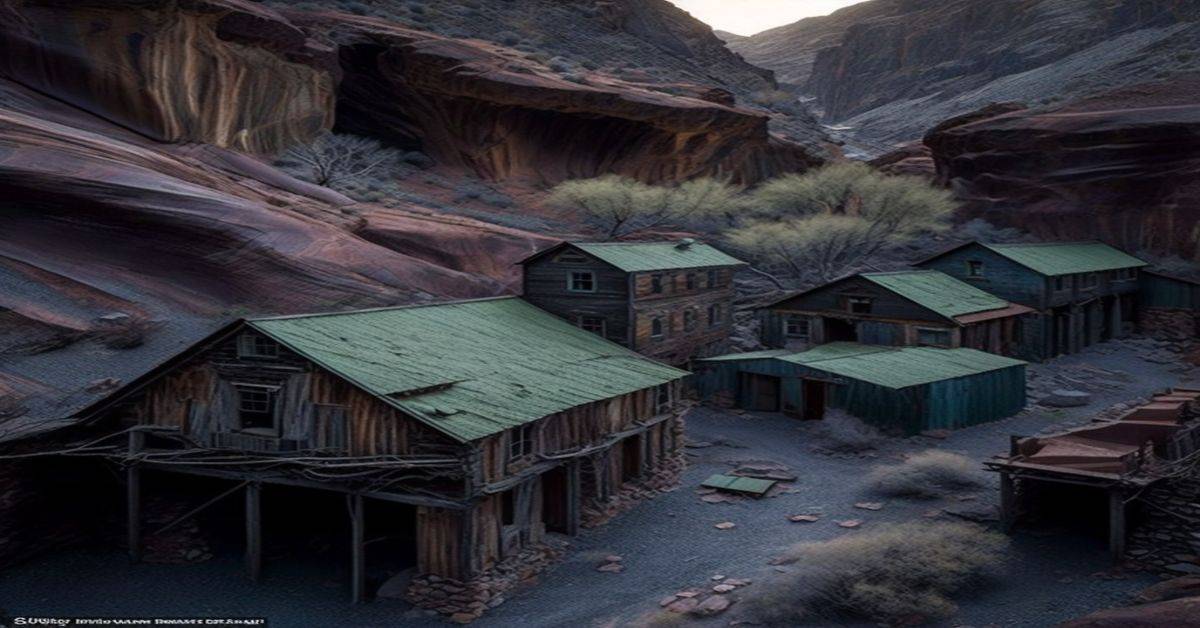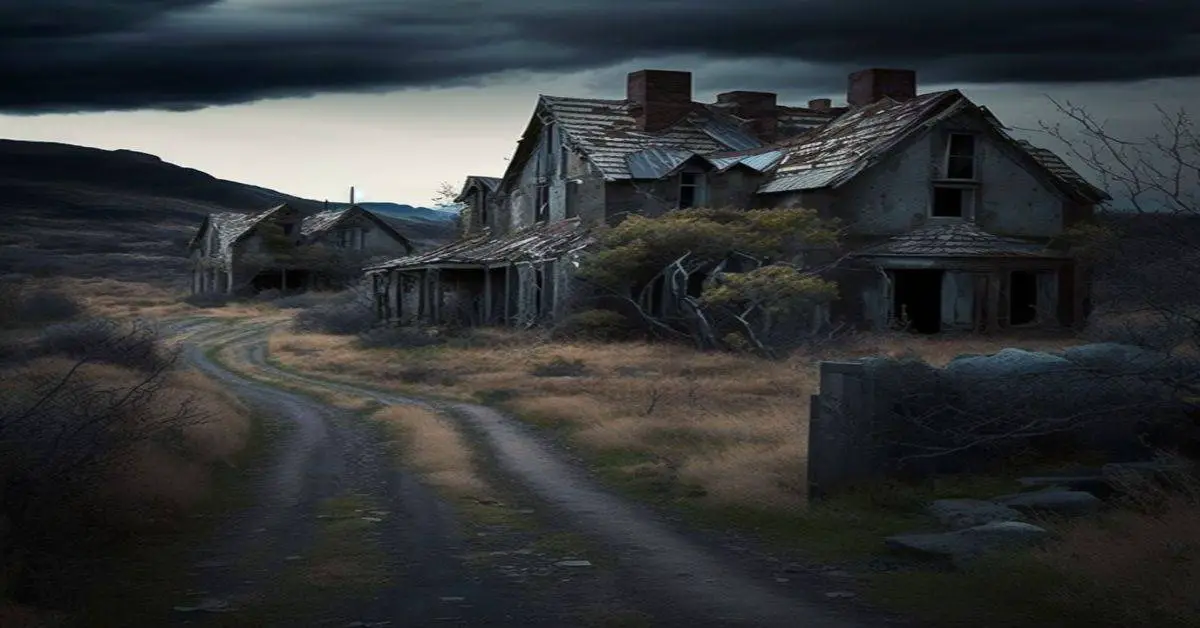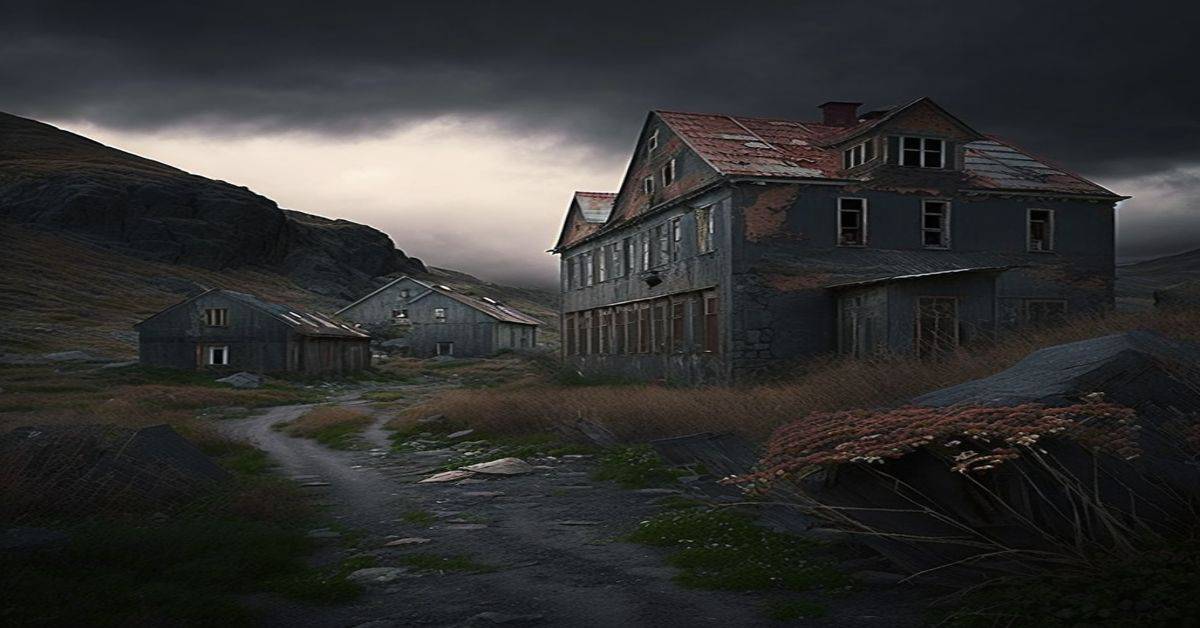They say that every town has a story to tell, and the history of Modello-turned-Dania is no exception. From its humble beginnings as a settlement for Danish families in the late 1800s to its evolution into a thriving tomato farming community in the early 1900s, this Florida town has weathered its fair share of challenges and triumphs.
Its story is one of resilience and adaptation, of rebuilding after disasters and forging a new identity in the face of change. As we delve into the history of Modello and Dania, we will uncover the stories of the people who shaped this town’s past and present.
We will explore the factors that led to its rise and fall, from fires and embezzlers to the devastating hurricane of 1926. And through it all, we will see how Dania has emerged as a town that continues to thrive, offering visitors a warm climate and a wealth of things to see and do.
Join us as we journey through the fascinating history of Modello-turned-Dania, and discover the town’s rich heritage for yourself.
Key Takeaways
- Modello was originally a settlement for Danish families and evolved into a tomato farming community, with a major tomato paste factory in the area.
- Despite setbacks such as natural disasters, Dania’s residents were determined to rebuild the town, eventually becoming a thriving community.
- Today, Dania offers a range of tourism opportunities, including parks, beaches, historical landmarks, and events throughout the year.
- Dania has diversified its economy, revitalized its downtown area, made infrastructure investments, and continues attracting visitors and new residents.
Early Days
During the early days, Modello was a small town that was named after the Model Land Company, Flagler’s land sales division. It was the home of Danish settlers who moved to Modello from Chicago in 1898-1899.
By 1902, the town had a general store, schools, and post office. Moreover, tomato farming was the town’s major industry, with a tomato paste factory in the area. This led to the town’s success, and by 1912, Modello had become a thriving community of almost 1200 people.
The Danish settlers played a significant role in the development of the town. They brought with them their culture and traditions, which contributed to the town’s unique character.
Furthermore, the tomato farming industry in Modello brought prosperity to the town, providing employment for the residents and boosting the local economy. The town’s success in the early days was a testament to the resilience and hard work of the residents, who worked together to build a thriving community.
Rise and Fall
The trajectory of the town’s fortunes resembled a rollercoaster ride, with periods of prosperity followed by devastating setbacks, like a ship battling fierce storms at sea.
Dania was a thriving community of nearly 1200 people by 1912, thanks to the tomato farming industry that had taken root in the town. However, the town was hit hard by natural disasters.
A fire in the Dania Hotel in 1925 and the 1926 hurricane that destroyed most of the original buildings in Dania were just two of the setbacks the town had to endure.
Despite these devastating setbacks, Dania’s residents were determined to rebuild the town. Rebuilding efforts were undertaken, and the town was eventually annexed to the neighboring City of Hollywood. This helped to spur development in the area, and Dania was reborn in its present form.
While the original pre-1926 hurricane remains of the town are no longer visible, the impact of natural disasters on Dania’s history is still felt today.
Present and Future
Currently, the climate in the area of Dania is typically hot during the summer and warm throughout the rest of the year, making it a desirable location for visitors. The town has many tourism opportunities, including parks, beaches, and historical landmarks.
One of the most popular attractions is the Dania Beach Pier, which offers beautiful ocean views and is a popular spot for fishing. Other notable sites include the Old Dania Beach City Hall, the Graves Museum of Archaeology and Natural History, and the Anne Kolb Nature Center. The town also hosts several events throughout the year, such as the Dania Beach Arts and Seafood Celebration, which draws in thousands of visitors annually.
The town has undergone significant changes in community development since its early days. While tomato farming was once the main industry, the town has diversified its economy, with businesses ranging from retail shops to technology companies. Efforts have also been made to revitalize the downtown area, with the construction of new buildings and public spaces.
Additionally, the town has invested in infrastructure, such as improving transportation and utility systems. As a result, Dania has become a vibrant and welcoming community that continues attracting visitors and new residents.
Frequently Asked Questions
How did the Danish families from Chicago end up settling in Modello?
Danish families from Chicago settled in Modello through Danish immigration to the United States. Cultural integration led them to seek opportunities in tomato farming, which became a major industry in the town.
What other industries besides tomato farming existed in Modello/Dania?
In addition to tomato farming, Modello/Dania had a significant impact on the local economy through its tomato paste factory. Cultural influences in the town were shaped by Danish families who settled in the area in the late 19th century.
What happened to the residents of Modello/Dania after the 1926 hurricane destroyed most of the original buildings?
After the 1926 hurricane destroyed most of the original buildings in Modello/Dania, residents voted for annexation to the neighboring City of Hollywood. Rebuilding efforts were made, but the impact on the local economy was significant.
Why was the Bank of Dania unable to recover from the embezzlement scandal?
The Bank of Dania failed to recover from an embezzlement scandal due to the bankruptcy aftermath and legal accountability. The scandal resulted in a loss of trust from customers and led to the bank’s closure.
What is the significance of the grid number for the area being 4?
The grid number for the Dania area being 4 signifies its location in the Public Land Survey System, a method of land division used in the US. This highlights the importance of town planning and historical context of grid systems.


